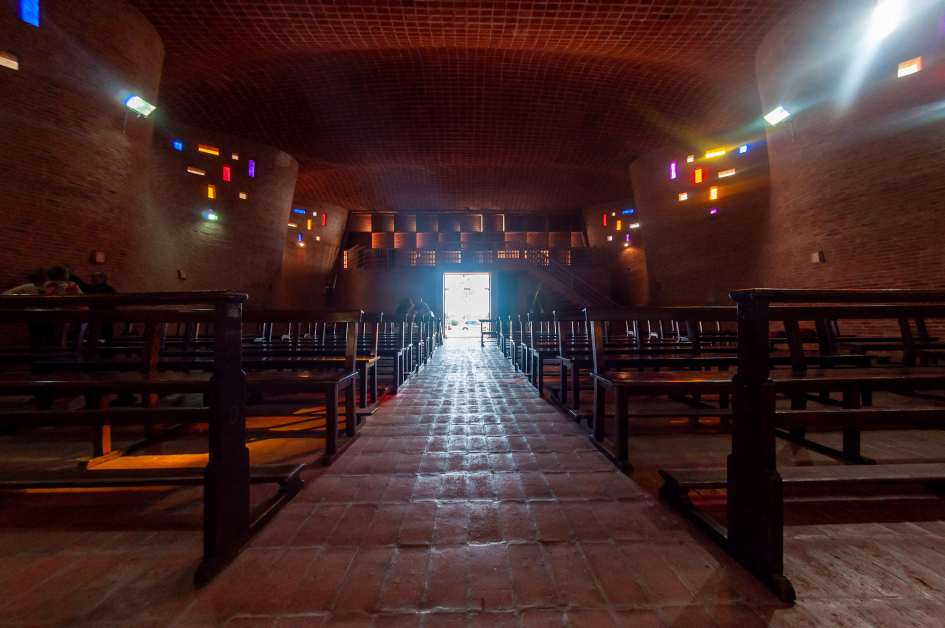Virtual Tour of the Church of Cristo Obrero

The Intendencia of Canelones is proud to mark a new anniversary of the UNESCO World Heritage designation of the Church of Cristo Obrero, designed by the renowned Uruguayan engineer Eladio Dieste, by launching a 360° virtual tour of this iconic cultural site.
This landmark was recognized by UNESCO in 2021 for its exceptional architectural and structural qualities, and this digital initiative continues to honor its legacy while expanding global access.
Thanks to this innovative tool, the majestic church can now be explored virtually from anywhere in the world, breaking down physical and geographic barriers and allowing a broader audience to connect with one of Uruguay’s most celebrated architectural treasures.
This project is part of Canelones’ ongoing commitment to the future of cultural preservation and accessibility. The digitalization of the Church of Cristo Obrero is not only a tribute to its cultural importance, but also a gateway to numerous benefits:
Universal Access: The virtual tour provides an immersive and educational experience for people worldwide, democratizing access to cultural heritage.
Long-term Preservation: Digital copies help preserve the original condition of historic structures, protecting them from wear and enabling research without physical impact.
Inclusion and Accessibility: Virtual platforms offer adapted experiences for people with disabilities or mobility limitations, fostering inclusive participation in cultural life.
Advanced Research: Digital archives are valuable tools for experts in history, architecture, art, and anthropology, allowing for detailed study and scholarly advancement.
We invite the Uruguayan and international community alike to explore this virtual experience that transcends borders and reaffirms Uruguay’s commitment to the preservation, dissemination, and innovation of cultural heritage.
